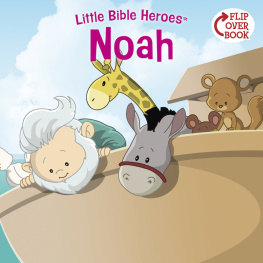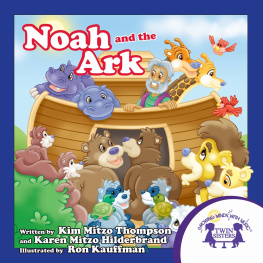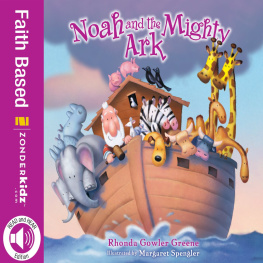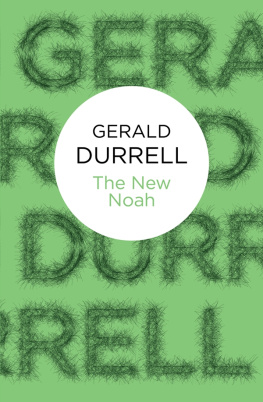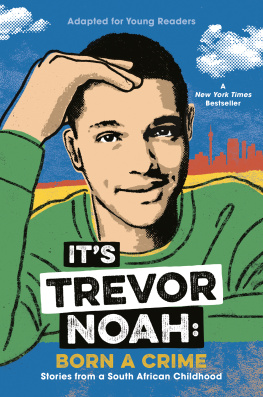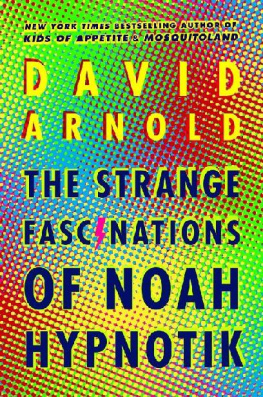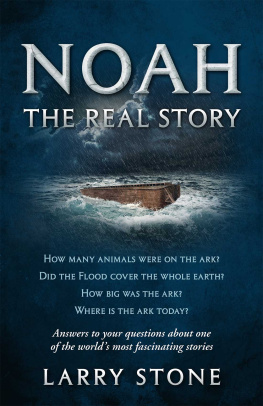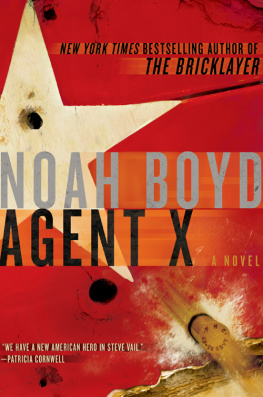Noah Wardrip-Fruin - How Pac-Man Eats
Here you can read online Noah Wardrip-Fruin - How Pac-Man Eats full text of the book (entire story) in english for free. Download pdf and epub, get meaning, cover and reviews about this ebook. year: 2020, publisher: MIT Press, genre: Romance novel. Description of the work, (preface) as well as reviews are available. Best literature library LitArk.com created for fans of good reading and offers a wide selection of genres:
Romance novel
Science fiction
Adventure
Detective
Science
History
Home and family
Prose
Art
Politics
Computer
Non-fiction
Religion
Business
Children
Humor
Choose a favorite category and find really read worthwhile books. Enjoy immersion in the world of imagination, feel the emotions of the characters or learn something new for yourself, make an fascinating discovery.

- Book:How Pac-Man Eats
- Author:
- Publisher:MIT Press
- Genre:
- Year:2020
- Rating:3 / 5
- Favourites:Add to favourites
- Your mark:
- 60
- 1
- 2
- 3
- 4
- 5
How Pac-Man Eats: summary, description and annotation
We offer to read an annotation, description, summary or preface (depends on what the author of the book "How Pac-Man Eats" wrote himself). If you haven't found the necessary information about the book — write in the comments, we will try to find it.
How Pac-Man Eats — read online for free the complete book (whole text) full work
Below is the text of the book, divided by pages. System saving the place of the last page read, allows you to conveniently read the book "How Pac-Man Eats" online for free, without having to search again every time where you left off. Put a bookmark, and you can go to the page where you finished reading at any time.
Font size:
Interval:
Bookmark:

Software Studies
Lev Manovich and Noah Wardrip-Fruin, editors
Expressive Processing: Digital Fictions, Computer Games, and Software Studies, Noah Wardrip-Fruin, 2009
Code/Space: Software and Everyday Life, Rob Kitchin and Martin Dodge, 2011
Programmed Visions: Software and Memory, Wendy Hui Kyong Chun, 2011
Speaking Code: Coding as Aesthetic and Political Expression, Geoff Cox and Alex McLean, 2012
10 PRINT CHR$(205.5+RND(1)); : GOTO 10, Nick Montfort, Patsy Baudoin, John Bell, Ian Bogost, Jeremy Douglass, Mark Marino, Michael Mateas, Casey Reas, Mark Sample, and Noah Vawter, 2012
The Imaginary App, Paul D. Miller and Svitlana Matviyenko, 2014
The Stack: On Software and Sovereignty, Benjamin H. Bratton, 2015
Coding Literacy: How Computer Programming Is Changing Writing, Annette Vee, 2017
The Software Arts, Warren Sack, 2019
Critical Code Studies, Mark C. Marino, 2020
How Pac-Man Eats, Noah Wardrip-Fruin, 2020
Noah Wardrip-Fruin
The MIT Press
Cambridge, Massachusetts
London, England
2020 Noah Wardrip-Fruin
All rights reserved. No part of this book may be reproduced in any form by any electronic or mechanical means (including photocopying, recording, or information storage and retrieval) without permission in writing from the publisher.
This book was set in ITC Stone Serif Std and ITC Stone Sans Std by New Best-set Typesetters Ltd.
Library of Congress Cataloging-in-Publication Data
Names: Wardrip-Fruin, Noah, author.
Title: How Pac-Man eats / Noah Wardrip-Fruin.
Description: Cambridge, Massachusetts : The MIT Press, [2020] | Series: Software studies | Includes bibliographical references and index.
Identifiers: LCCN 2020003046 | ISBN 9780262044653 (hardcover)
Subjects: LCSH: Video gamesDesign. | Computer gamesDesign.
Classification: LCC GV1469.3 .W462 2020 | DDC 794.8dc23
LC record available at https://lccn.loc.gov/2020003046
10 9 8 7 6 5 4 3 2 1
d_r0
For Max and Zoe
Software is deeply woven into contemporary lifeeconomically, culturally, creatively, politicallyin manners both obvious and nearly invisible. Yet while much is written about how software is used, and the activities that it supports and shapes, thinking about software itself has remained largely technical for much of its history. Increasingly, however, artists, scientists, engineers, hackers, designers, and scholars in the humanities and social sciences are finding that for the questions they face, and the things they need to build, an expanded understanding of software is necessary. For such understanding they can call upon a strand of texts in the history of computing and new media, they can take part in the rich implicit culture of software, and they also can take part in the development of an emerging, fundamentally transdisciplinary, computational literacy. These provide the foundation for Software Studies.
Software Studies uses and develops cultural, theoretical, and practice-oriented approaches to make critical, historical, and experimental accounts of (and interventions via) the objects and processes of software. The field engages and contributes to the research of computer scientists, the work of software designers and engineers, and the creations of software artists. It tracks how software is substantially integrated into the processes of contemporary culture and society, reformulating processes, ideas, institutions, and cultural objects around their closeness to algorithmic and formal description and action. Software Studies proposes histories of computational cultures and works with the intellectual resources of computing to develop reflexive thinking about its entanglements and possibilities. It does this both in the scholarly modes of the humanities and social sciences and in the software creation/research modes of computer science, the arts, and design.
The Software Studies book series, published by the MIT Press, aims to publish the best new work in a critical and experimental field that is at once culturally and technically literate, reflecting the reality of todays software culture.
This book tries to answer two questions: What are the fundamental ways that games work? and How can games be about something? It tries to answer both in the same book, because I believe the two questions are closely related.
These questions matter to many people, from those who already think about and make games to those reading their first book about this increasingly important medium. My hope is that Ive written a book that is interesting and accessible to designers, journalists, technologists, scholars, students, and members of the public.
In fields that focus on games, when we talk about how games work, mechanics is the usual foundation of discussion. Mechanics is a term with multiple meanings, but commonly refers to things players can do in gamessuch as jumping and shooting, or harvesting and crafting. But if mechanics are really what games are built on, with no level beneath, some things we see in game creation and play are hard to explain. For example, making things in Minecraft,
This book argues that games have a fundamental level that has not yet been widely discussed, on which mechanics depend. It uses the term operational logics to name the elements we find at this level, which have both process-oriented and communication-oriented aspects. Just as we can understand the structure of movies better with knowledge of cuts and pans, knowledge of this level underneath mechanics (which also spans across mechanics, and helps players understand one based on knowledge of another) can help us have a deeper, richer understanding of games.
In particular, if we understand games at this level and look at how these elements combine to support mechanics, we can also get a handle on an aspect of games that has proven surprisingly hard to pin down: how it is that games can be about something. We have many tools for understanding how other forms of media can be about somethinglooking at them visually, textually, auditorily, historically, and so on. Many games, however, can only be understood if we do something for which we dont have widely used analytical tools. We must see how their systems interact with their other media elements.
This book demonstrates a concrete strategy for doing this: looking at how games create procedural representations of things that happen in their worlds, called playable models, of which operational logics are primary building blocks. As we understand the logics and models that are well-developed for games, we can come to appreciate how they support and constrain different things that games might try to be about. And through that we can also come to appreciate the strategies that game creators have used to try to broaden that set and what can be done with it.
Finally, I should note that this book arises from a particular contextthat of the University of California, Santa Cruz, where colleagues, students, and friends have been my partners in developing these ideas and often have continued to contribute to their development after moving on to new contexts. This book was written because Im interested in these questions and think the answers weve developed can be of value. But it was also written because I want to honor and spread the insights of these collaborators, as I discuss further in the acknowledgments.
Next pageFont size:
Interval:
Bookmark:
Similar books «How Pac-Man Eats»
Look at similar books to How Pac-Man Eats. We have selected literature similar in name and meaning in the hope of providing readers with more options to find new, interesting, not yet read works.
Discussion, reviews of the book How Pac-Man Eats and just readers' own opinions. Leave your comments, write what you think about the work, its meaning or the main characters. Specify what exactly you liked and what you didn't like, and why you think so.


